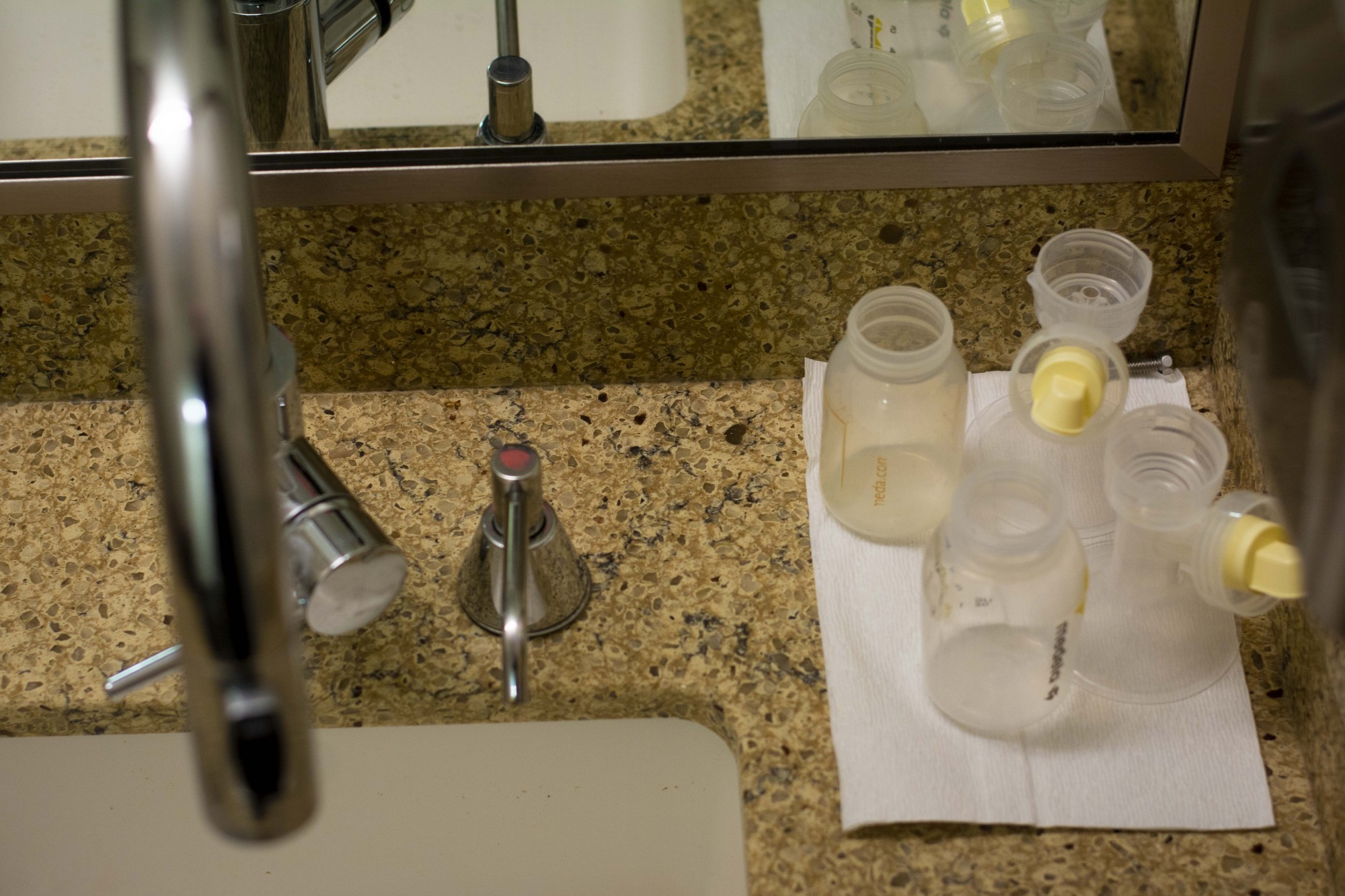The University of Minnesota is defining new standards for lactation spaces that could create more resources for users, adding on to the minimum criteria required by state law.
Minnesota state law requires that a workplace lactation space be a private room with access to an electrical outlet near the mother’s workspace. The University, currently in the process of establishing additional criteria, will add that spaces must also be wheelchair accessible to be designated as an official University lactation space, said Lactation Advocacy Committee member Mikaela Robertson.
“Space Management has been working to define what the University standard will be so that these spaces can be more consistent across campus, and people will know what to expect when they want to use a lactation space,” said Paige Rohman, chief of staff at University Services.
This effort comes in response to the development of a resolution that passed in the University Senate in May. Developed by the LAC, the resolution called on the University to create a comprehensive lactation support policy, asking for a plan to build a complete network of lactation spaces on campus. At a University Senate meeting earlier this month, the Office of the President shared recent efforts to tackle lactation gaps across campus.
University Services tasked a cross-departmental committee over the summer with addressing lactation space deserts at the University. The committee is composed of staff from several offices including the Women’s Center, the Office for Equity and Diversity, Facilities Management, Space Management Department and the Office of Human Resources.
In addition to establishing a universal standard for the spaces, the committee will identify gaps in lactation rooms and make recommendations for potential areas of investment.
To do this, Space Management mapped lactation spaces on campus, using a five-minute walk radius as a geographic tool to assess where lactation spaces were lacking, Rohman said. The Minnesota Department of Health recommends lactation rooms be within a five-minute walk from places of work or study.
Facilities Management will then look at potential buildings to determine what spaces can be converted to lactation space, Rohman said.
The process of adding new lactation spaces to campus buildings has always been a grassroots effort, Robertson said.
New lactation spaces are often responses to individual requests in specific departments and are often on a case-by-case basis.
As lactation programs become centrally managed by Facilities Management, the placement of lactation spaces can be more intentional.
“There’s much more stability with a centrally managed lactation program,” Robertson said. “For someone who’s breastfeeding, a lactation room is just like a bathroom for everybody else. It’s a biological need, and when you need it, you need it. We don’t think that lactation spaces should be treated any differently.”








